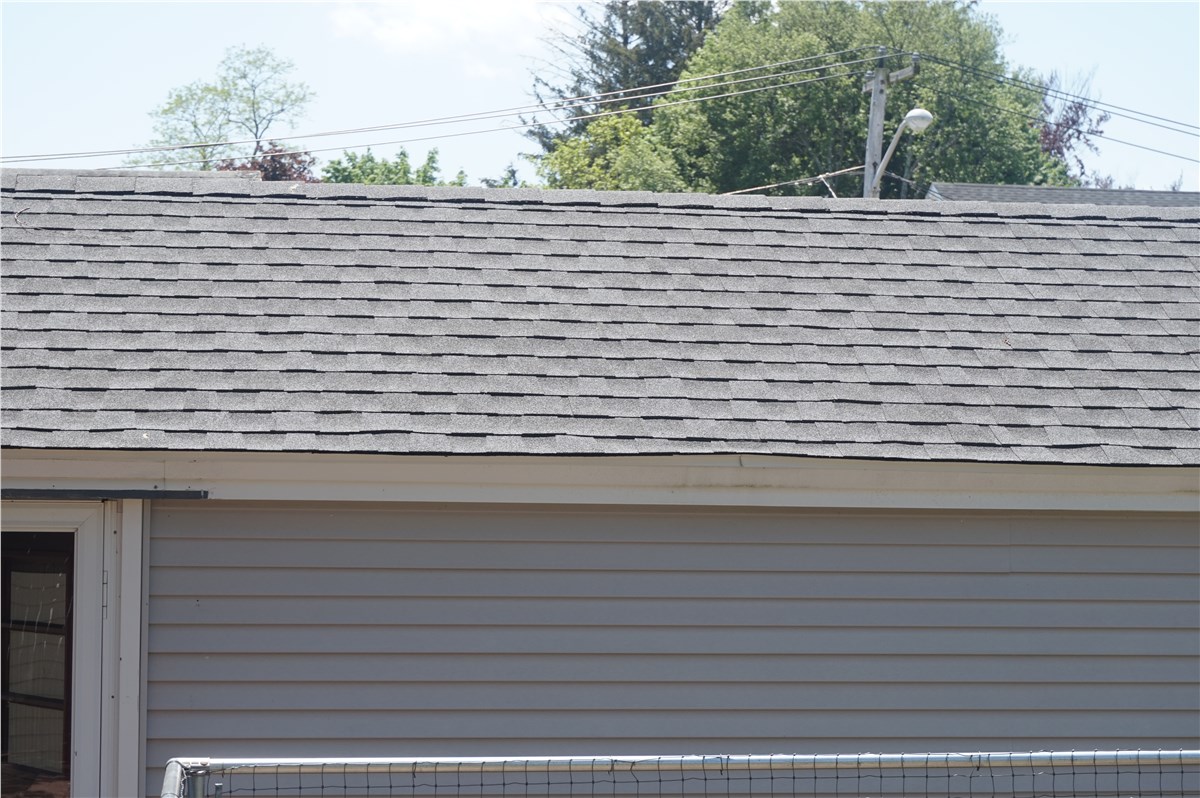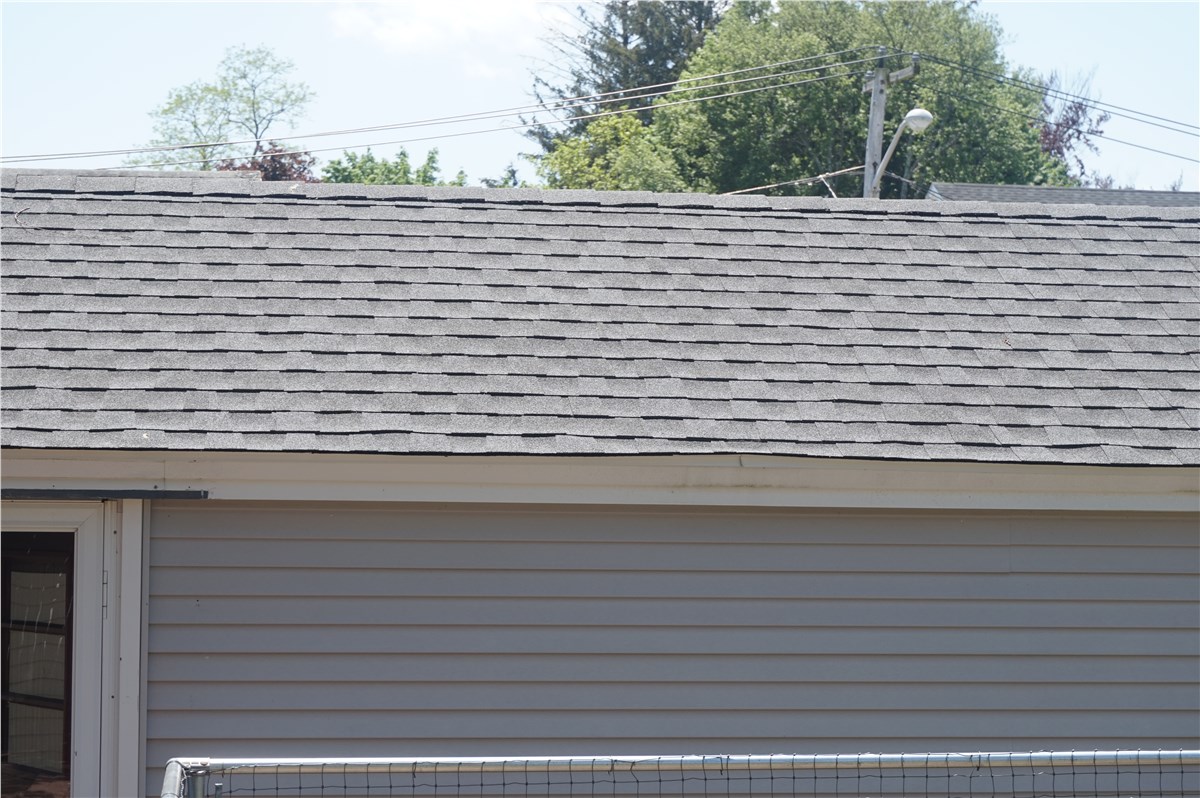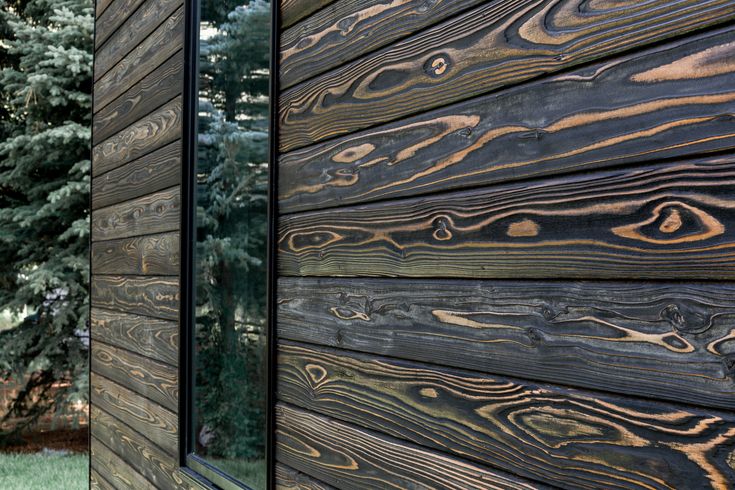Exploring the World of Prefinished Exterior Siding
Diving into the realm of prefinished exterior siding, this introduction offers a comprehensive look at this essential construction element. From its various materials to the benefits it provides over traditional options, readers will gain valuable insights into the world of prefinished exterior siding.
Introduction to Prefinished Exterior Siding
Prefinished exterior siding is a type of siding that comes already coated with a finish before installation. It serves as a protective layer for the exterior walls of buildings, adding both aesthetic appeal and durability.
Materials Used for Prefinished Exterior Siding
- Fiber Cement: A durable and low-maintenance option that mimics the look of wood.
- Vinyl: Affordable and versatile, available in a variety of colors and styles.
- Wood: Offers a natural and timeless look, but requires more maintenance compared to other materials.
- Metal: Provides a modern and sleek appearance, resistant to fire and pests.
Benefits of Prefinished Exterior Siding
- Time-Saving: Eliminates the need for painting or staining after installation.
- Durability: Resistant to weather elements, fading, and rotting.
- Cost-Effective: Reduces maintenance costs over time due to the pre-applied finish.
- Aesthetically Pleasing: Offers a wide range of colors and finishes to enhance curb appeal.
Types of Prefinished Exterior Siding
Prefinished exterior siding comes in various types, each with its own set of characteristics and benefits. Let's explore some of the popular options available in the market.
Vinyl Siding
Vinyl siding is a cost-effective and low-maintenance option for prefinished exterior siding. It is available in a wide range of colors and styles, making it a versatile choice for homeowners. Vinyl siding is also durable and resistant to rot, mold, and insects.
Popular brands include CertainTeed, Mastic, and Alside.
Fiber Cement Siding
Fiber cement siding is known for its durability and resistance to fire, rot, and insects. It can mimic the look of wood, stucco, or masonry, providing versatility in design options. Brands like James Hardie and Allura are well-known for their high-quality fiber cement siding products.
Wood Siding
Wood siding offers a natural and timeless look to a home's exterior. Cedar, pine, and redwood are popular choices for wood siding due to their durability and aesthetic appeal. While wood siding requires more maintenance compared to other options, it can be stained or painted to achieve a custom look.
Brands like Maibec and Cape Cod Siding are reputable manufacturers of wood siding products.
Composite Siding
Composite siding combines wood fibers and other materials to create a durable and low-maintenance option for prefinished exterior siding. It is resistant to rot, insects, and warping, making it a long-lasting choice for homeowners. Popular brands like LP SmartSide and Everlast are known for their high-quality composite siding products.
Installation Process
When it comes to installing prefinished exterior siding, there are several general steps that need to be followed to ensure a successful and long-lasting installation. Proper installation is crucial for the durability and aesthetic appeal of your exterior siding.
Gather the Necessary Tools and Materials
- Hammer
- Nails or screws
- Tape measure
- Level
- Safety goggles
- Gloves
Prepare the Surface
- Clean the surface of the wall to remove any dirt or debris.
- Inspect the wall for any damage or rot and make necessary repairs.
- Apply a weather-resistant barrier to protect the wall from moisture.
Install the Siding
- Start at the bottom and work your way up, overlapping each piece for proper water drainage.
- Secure the siding using nails or screws, following the manufacturer's guidelines.
- Use a level to ensure each piece is installed straight and true.
Finishing Touches
- Trim any excess siding for a clean and polished look.
- Caulk around windows, doors, and other openings to prevent water infiltration.
- Paint or stain the siding if necessary to protect it from the elements.
Maintenance and Care
Maintaining and caring for prefinished exterior siding is essential to ensure its longevity and aesthetic appeal. By following proper maintenance guidelines, you can preserve the beauty of your siding for years to come.
Cleaning and Preservation
To clean prefinished exterior siding, use a mild detergent and water solution to remove dirt, dust, and grime. Avoid using harsh chemicals or abrasive cleaners that can damage the finish. Rinse the siding thoroughly with clean water after cleaning to prevent residue buildup.
Additionally, regularly inspect the siding for any signs of damage or discoloration, and address any issues promptly to prevent further deterioration.
Common Issues and Solutions
Fading
Over time, prefinished exterior siding may fade due to exposure to sunlight and weather elements. To address this issue, consider applying a UV-protective coating or paint to restore the color and protect the siding from further fading.
Moisture Damage
Moisture can lead to mold, mildew, and rotting of the siding. Ensure proper ventilation and drainage around the siding to prevent moisture buildup. Repair any damaged areas immediately to prevent extensive water damage.
Scratches and Dents
Accidental scratches or dents can detract from the appearance of prefinished exterior siding. Use touch-up paint or filler to repair minor scratches and dents. For more significant damage, consider replacing the affected panels for a seamless look.
Cost Considerations
When planning for a prefinished exterior siding project, it is crucial to consider the various cost factors involved. This includes both the materials used and the installation process.
Cost Factors Breakdown
- Materials: The cost of prefinished exterior siding can vary depending on the type of material chosen, such as vinyl, wood, fiber cement, or engineered wood. Each material comes with its own price point, quality, and maintenance requirements.
- Installation: The cost of installation can also fluctuate based on factors like the size of the project, labor costs in your area, and any additional preparatory work needed before siding can be installed.
Cost Comparison with Other Siding Options
When comparing the cost of prefinished exterior siding with other siding options, it's important to consider the long-term benefits and maintenance requirements. While prefinished siding may have a higher upfront cost, it can often save money in the long run due to its durability and low maintenance needs compared to other materials like painted wood or stucco.
Budgeting Tips
- Research and get multiple quotes from different contractors to ensure you are getting a fair price for both materials and installation.
- Set aside a contingency fund for any unexpected expenses that may arise during the project.
- Consider the overall value that prefinished siding can add to your home, such as increased curb appeal and potential energy savings, when determining your budget.
Wrap-Up
In conclusion, prefinished exterior siding stands as a versatile and durable choice for any construction project. With its easy maintenance and cost-effective nature, it remains a popular option among homeowners and builders alike.
Answers to Common Questions
What are the common materials used for prefinished exterior siding?
Common materials include vinyl, fiber cement, wood, and engineered wood.
How do I maintain the aesthetic appeal of prefinished exterior siding?
Regular cleaning with mild soap and water, as well as avoiding harsh chemicals, can help preserve its appearance.
What tools are typically needed for installing prefinished exterior siding?
Tools like a circular saw, tape measure, hammer, and level are commonly used for installation.
Are there specific brands known for producing high-quality prefinished exterior siding?
Popular brands include James Hardie, LP SmartSide, and CertainTeed.


